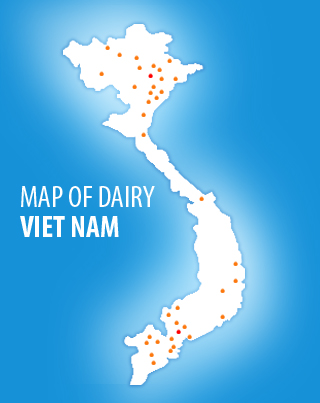Health and Welfare
Assessing Effectiveness of Veterinary Treatments

Much has been written about electronic animal monitor’s ability to “find” sick cows early without disturbing the daily routine of healthy cows. In this post, we will focus on the use on animal monitoring for monitoring treatment effectiveness.
We define treatment effectiveness as the “ability to successfully bring a sick cow to full health quickly and cost effectively.”
A drop in rumination is the primary behavioral change evident when a cow undergoes a health event. A rapid increase in rumination time provides the evidence of her recovery and positive response to treatment.
Rumination graph showing a health event on June 18th 2018. Note the rapid rise in rumination time following treatment, indicating a positive response.
The examination of veterinary treatment protocols is one of the first items on the agenda after an animal monitoring system has been installed. Management should be asking itself the following questions:
-
Can a similar response be achieved using a cheaper drug?
-
Can a similar response be achieved using a shorter duration of treatment?
-
When is treatment stopped and the cow taken out of the herd?
Simple trials serve to create the empirical groundwork for protocol changes. Once a sick cow has been identified and diagnosed, one can select to administer treatment that is different from pre-monitoring system protocols. The continuous remote monitoring of the cow’s behavior enables intervention if her condition worsens.
Rumination graph showing a health event on June 20th 2018. Note the decline in rumination time following treatment, indicating a negative response.
In most cases, monitoring system users find that their pre-system veterinary treatment protocols have been too aggressive and expensive, and quickly realize significant savings on veterinary drugs without compromising herd health.

















